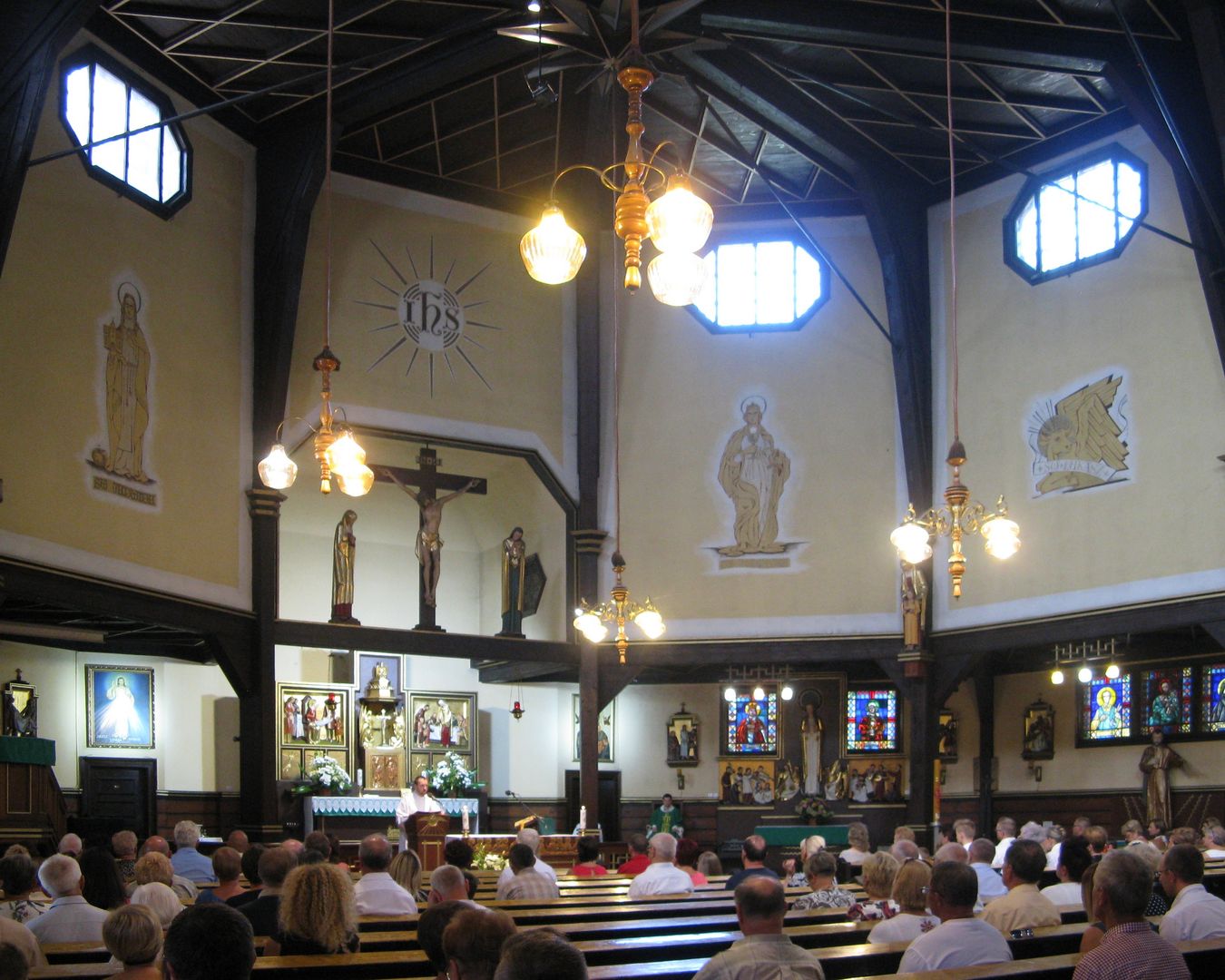St. Hedwig's Church in Zabrze
7.04

Overview
The Church of St. Hedwig of Silesia in Zabrze, located in the Poremba district, is a Catholic wooden temple built between 1928 and 1929, which has been entered into the register of immovable monuments of the Silesian Voivodeship. After World War I, in the face of a growing number of Catholic faithful, the parish priest of St. Francis, Father Józef Bennek, initiated the construction of a new church. Construction began in 1928, and although the building permit was not obtained until 1929, it was completed that same year at a total cost of 360,000 marks. The church was consecrated on August 30, 1932, and in 1937 it was elevated to the status of a curacy. After World War II, it gained the status of an independent parish. Between 1994 and 2001, it underwent renovation, during which new stained glass windows and paintings were installed. Interestingly, on June 8, 2008, the church was registered as a historical monument and is part of the Wooden Architecture Trail of the Silesian Voivodeship.
Architecturally, the building is set on a reinforced concrete slab and features an oval dodecagon shape with four octagonal corner towers, covered by a multi-sloped roof with ceramic tiles, while the tower spires are clad in copper sheet. The interior of the church contains six altars, and the main altar in the form of a triptych was created by the sculptor Franz Schink. An interesting fact is that the organ from 1833, built by the Gebrüder Walter company, was previously located in Lutynia and was moved to the church in Zabrze in 1930. In 2005, due to frost damage, the tiles on the lower part of the roof were replaced. The Church of St. Hedwig of Silesia not only serves an important religious role but also plays a significant part in preserving local architectural and cultural heritage.
Location
Tickets
Powered by GetYourGuide
2025 Wizytor | All Rights Reserved